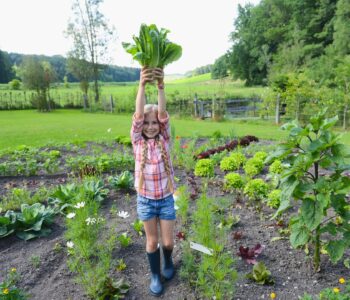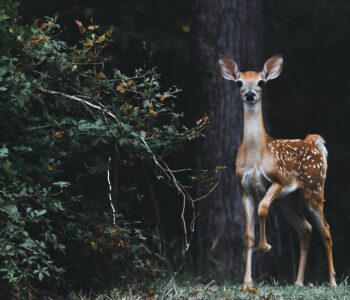 Nature Activities for Kids
Nature Activities for Kids
Spring Fever? Plan Your Veggie Garden Now!
We’ve all had Spring fever for awhile now — ever since Punxsutawney Phil looked for his shadow earlier this month. We normally love winter! We take advantage of all the fun outdoor activities it brings and don’t mind the constant view of a heavy white blanket of snow outside the window. However, this winter is a different story. After more snow days than I care to remember, water leaks in the house due to the ice dams on the roof, an insurance claim, a snowplow bill that will break the bank, weeks of bone-chilling cold, the utter inability to play outside due to the now thick sheet of ice that has formed on top of the snow, and the excitement of seeing Snow Drops bulbs peeking out of the frozen ground, we are ready for the colors of Spring! I’m willing to bet many of you are too!
My idea for this post was to help you and your children combat Spring Fever by providing instruction on planning a garden. In doing research on how to plan a garden, I came across the following excellent resource that provides hand-on planning ideas. Check out the following link that provides everything you need to help your children grow a garden.
Planning A Vegetable Garden For Kids: Make It Fun And Easy
Do you have any helpful tips on planning a garden? What are your favorite flowers and plants to plant and why?




